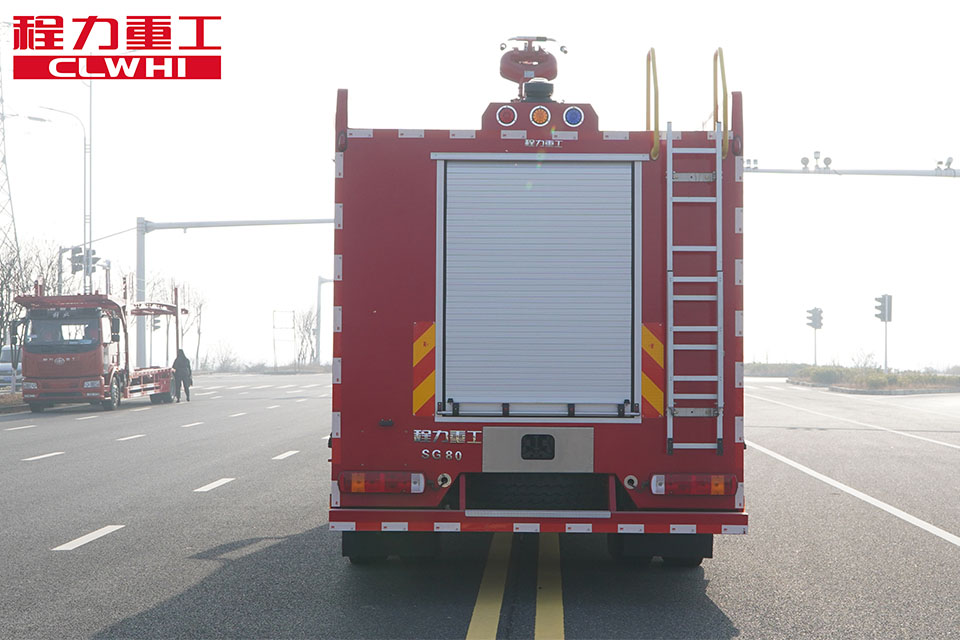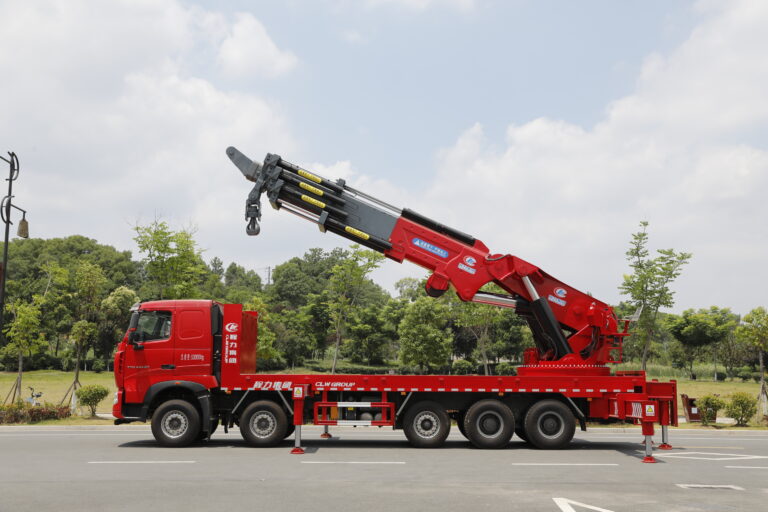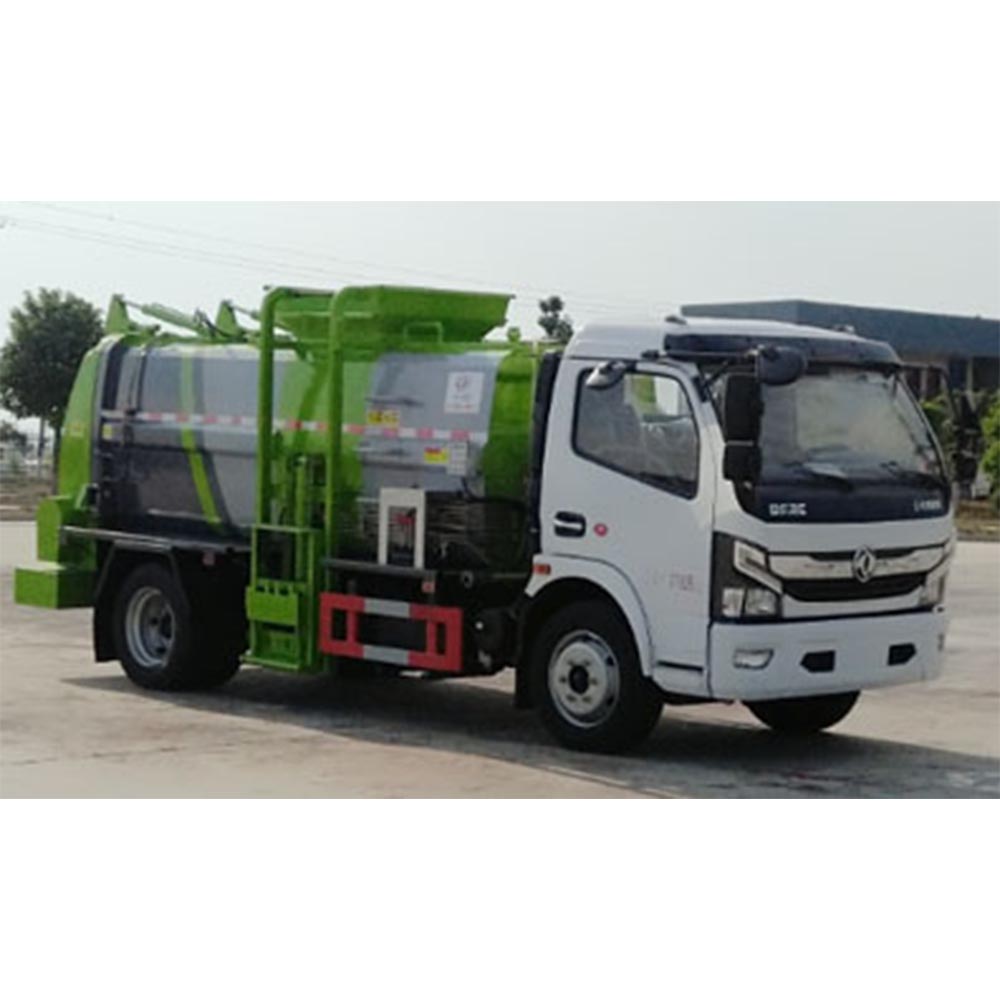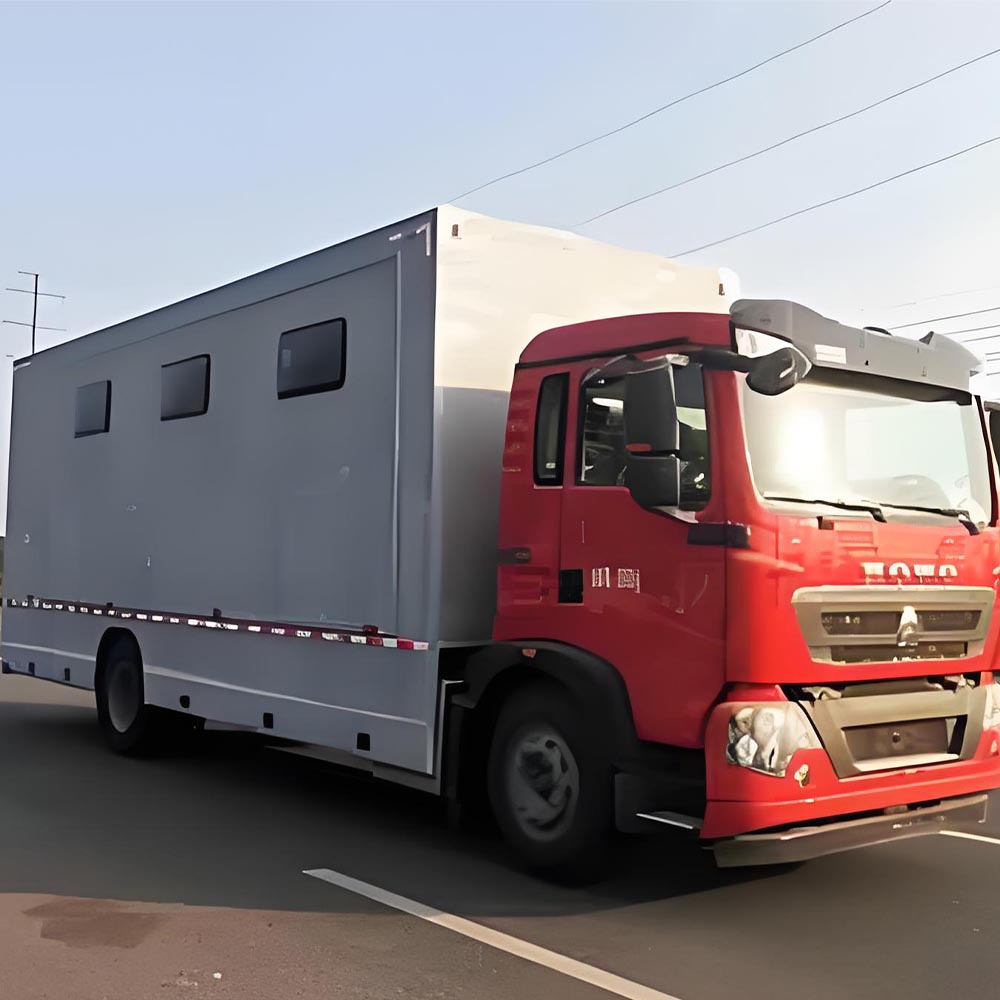-
Chengli Automobile Industry Park

Ultra High Pressure Fire Fightinga
Ultra High Pressure Fire Fighting: The New Way to Stop Fires Fast
Fire is scary. We all know that. But did you know there is a new way to fight fires? It is called Ultra High Pressure fire fighting. This new way helps put out fires faster and uses less water. Let’s learn all about it!
Table of Contents
What is Ultra High Pressure Fire Fighting?
Ultra high pressure (UHP) fire fighting is a big step up from old ways of fighting fires. It uses very high water pressure – between 1,100 and 1,500 psi – to make tiny water drops that put out fires faster.
The old way used about 600 psi. The new UHP way uses much more pressure to make the water work better.
This is not just a small change. It is a big leap forward in how we fight fires!
Ultra High Pressure (UHP) Fire Fighting
What is UHP?
UHP uses water at very high pressure (1,100-1,500 psi) to create tiny water droplets, extinguishing fires faster and with less water. Traditional methods use much lower pressure.
How Tiny Droplets Work
- Tiny drops (less than 5% of normal size) absorb heat better.
- More water turns to steam, helping extinguish the fire.
- Less water wasted.
UHP vs. Traditional Methods
UHP systems use significantly less water, extinguish fires faster, and cause less water damage.
Where Used
- Structure (building) fires
- Wildland fires
- AirCraft Fires
- Car Fires
How Does UHP Work? The Science of Tiny Drops
When you use UHP systems, something cool happens:
- Water drops get very small – less than 5% the size of normal drops
- These tiny drops soak up heat better
- More water turns to steam, which helps put out the fire
- Less water is wasted
The magic is in how these tiny drops work. When water drops are very small, they have more surface area to cool the fire. The best UHP systems spray water at just the right size – not too big, not too small.
Why UHP is Better Than Old Ways
Let’s look at the big wins with UHP fire fighting:
| Benefit | What It Means | How Big The Difference Is |
|---|---|---|
| Less Water Needed | Uses 1/5 to 1/3 of standard water | 60%+ less water used |
| Faster Fire Fighting | Puts out fires much quicker | 60-80% less time needed |
| Less Water Damage | Most water turns to steam | 90%+ water evaporates |
| Better Visibility | Smoke clears faster | Safer for firefighters |
| More Portable | Smaller, lighter systems | Can fit on small trucks |
The best part? These are not just claims. Tests show that UHP systems with a flow of 18-22 gallons per minute can put out most Class A and Class B fires much faster than old ways.
Where UHP Works Best
Ultra high pressure fire fighting works well in many places:
1. Structure Fires (Buildings)
UHP is great for homes and buildings. The high pressure lets water go through walls and reach hidden fires. The Emergency Rescue Fire Truck often uses UHP systems to fight building fires better.
2. Wildland Fires
UHP is perfect for forest fires. The systems are light and can go on small trucks. This means firefighters can reach fires in hard-to-reach places.
3. Aircraft Fires
Airports love UHP! The High-Pressure CAFS Air Supply Fire Truck uses UHP to put out plane fires fast.
4. Car Fires
The tiny water drops from UHP systems can get into tight spaces in cars to put out fires.
Top UHP Systems You Can Buy
Let’s look at some of the best UHP systems:
1. Rosenbauer UHPS System
This system stands out because it has special nozzles that make water drops the perfect size. They don’t just make the pressure higher – they make the spray better.
2. KME UHP Systems
The United States Air Force picked these systems for their new fire trucks! They are very good at putting out fires with less water.
3. KGI Multi-Functional Systems
These come in gas, diesel, and even zero-carbon electric versions. They are made to make fire fighting safer and work better.
4. K3 Fire DIRECTDRIVE
This is the most compact UHP system. It’s great for adding UHP to trucks you already have. It’s small but very good at fighting fires.
5. HMA Fire UHP Technology
This company leads the way in UHP research. Their systems are based on lots of testing to make fire fighting faster and safer.
Real Tests Show How Good UHP Is
In 2017, Max Fire Training did tests with UHP systems. They used a system at 1,450 PSI with 20 GPM water flow and foam. The tests showed how fast UHP can put out fires.
What they found was amazing:
- Room fires put out in seconds, not minutes
- Hot spots cooled down very quickly
- Less water used meant less clean-up
- Less smoke made it safer for firefighters
How UHP Saves Water and Buildings
One of the best things about UHP is how it saves water. Old fire fighting might use 100 gallons to put out a fire. UHP might use just 30 gallons to do the same job!
This is super important in places where water is hard to get. It also means less water damage to buildings. With UHP, most of the water turns to steam instead of soaking everything.
The Rapid Response Fire Support Truck often uses UHP systems for this reason.
UHP for Different Trucks
The good news is that UHP systems can go on many types of trucks:
- Small trucks – Compact UHP units fit on pickup trucks
- Big fire trucks – Full UHP systems can be part of big Emergency Rescue Fire Trucks
- Special trucks – UHP works well on Self-Loading Fire Trucks too
This means fire departments of all sizes can use UHP.
Challenges with UHP
UHP is great, but there are some things to think about:
- Special training needed – Firefighters need to learn new ways to use UHP
- Special parts – UHP needs special hoses and nozzles that can handle high pressure
- Balance is key – If drops are too small, they might not reach the fire
The good news is that more fire departments are learning how to use UHP every day.
The Future of UHP Fire Fighting
What’s next for UHP? Some cool things are coming:
- More electric UHP systems – Better for the planet
- Smart UHP systems – Computers will help control the spray
- Lighter, stronger parts – Making UHP even easier to use
We might soon see UHP on most fire trucks! The Heavy-Duty Emergency Rescue Vehicle will likely have advanced UHP systems in the future.
Is UHP Right for Your Fire Department?
UHP works well for many fire departments, but is it right for yours? Here are some things to think about:
- Do you need to save water?
- Do you fight fires in hard-to-reach places?
- Do you want to cause less water damage?
- Are you ready to train on new systems?
If you said yes to these, UHP might be perfect for you!
Real Stories of UHP Success
Fire departments using UHP have great stories to tell:
- A small town fire department put out a house fire with just 50 gallons of water
- An airport fire crew put out a car fire in 30 seconds with UHP
- A forest fire team used UHP to stop spot fires before they got big
These are not just stories – they show how UHP is changing fire fighting for the better.
How to Get Started with UHP
Want to try UHP? Here’s how to start:
- See it in action – Ask for a demo from UHP makers
- Start small – Try a compact system first
- Train well – Make sure everyone knows how to use UHP right
- Test it out – Use UHP alongside your old systems at first
Many fire departments find that once they try UHP, they don’t want to go back to old ways!
Conclusion: The Future is Here
Ultra high pressure fire fighting is not just a new tool – it’s a whole new way to fight fires. With less water, less time, and less damage, UHP is changing how we keep people safe from fires.
As more fire departments try UHP, we’ll see more lives saved, less property damaged, and safer conditions for the brave men and women who fight fires.
The future of fire fighting is here, and it’s ultra high pressure!









